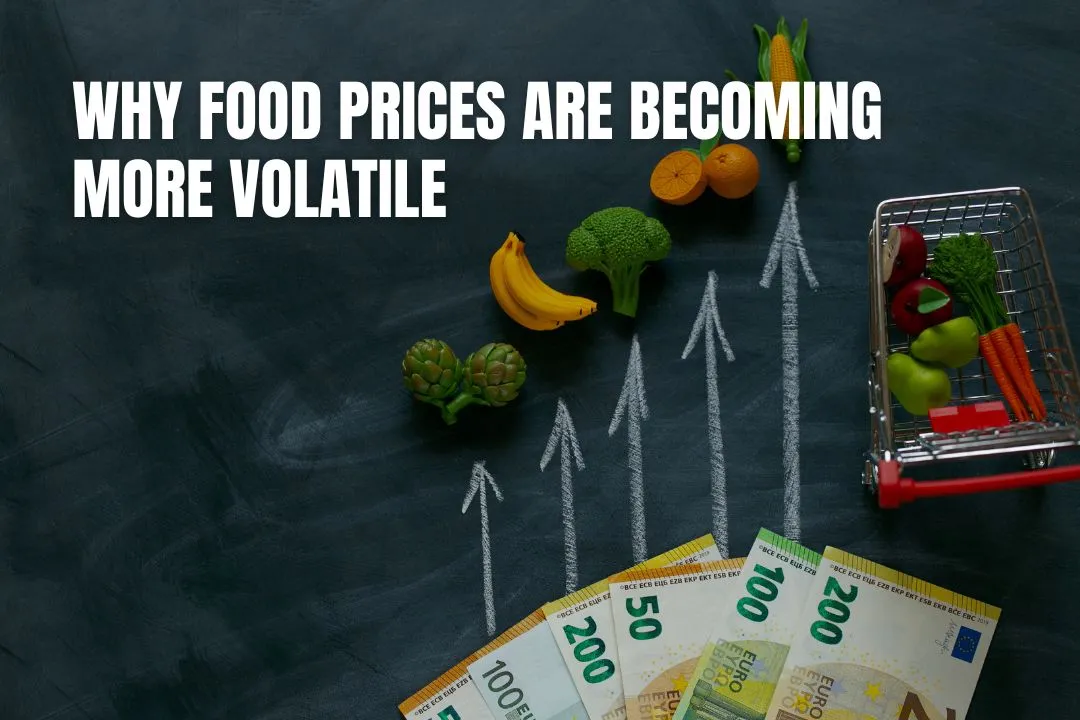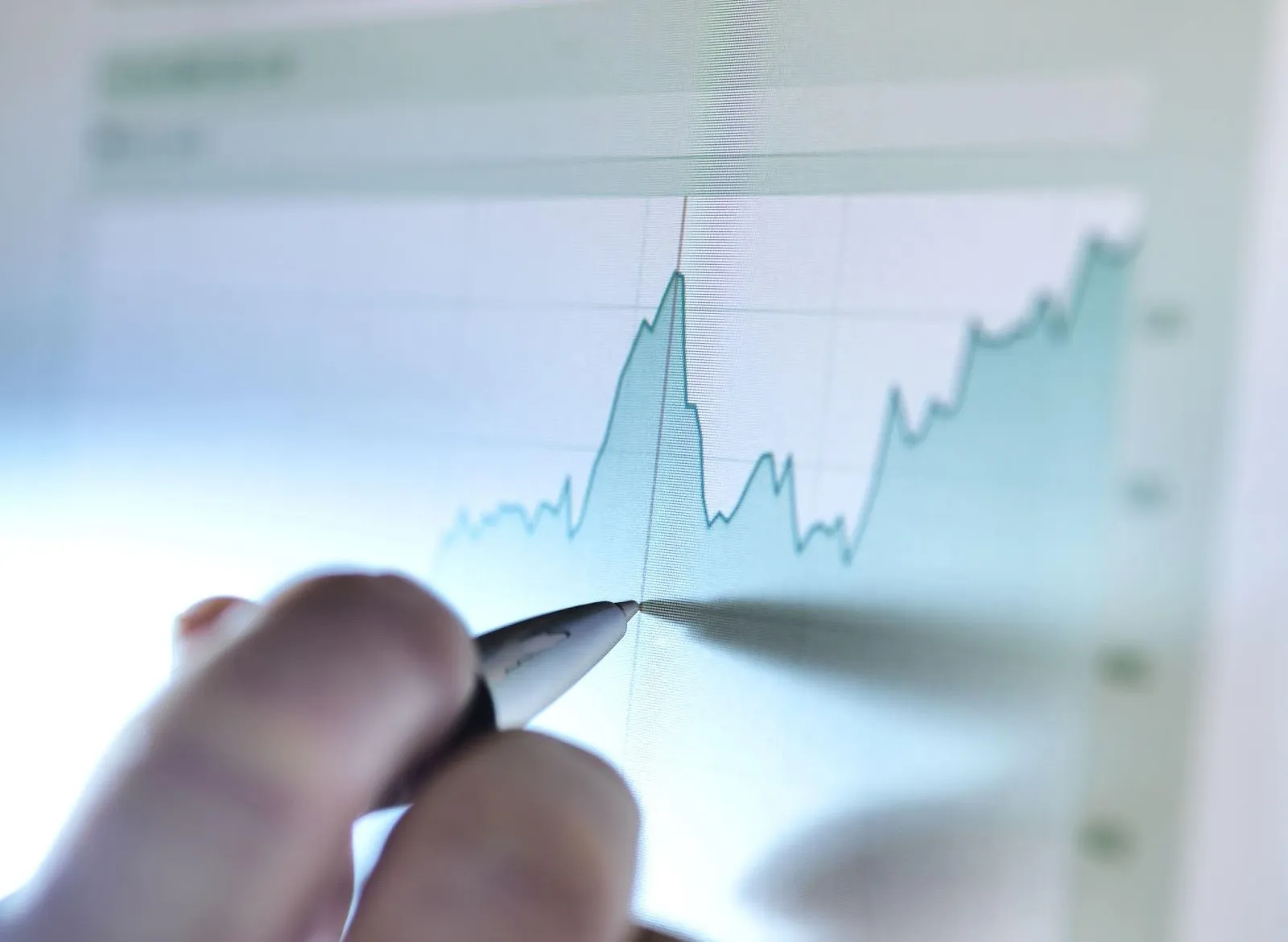
Food prices are swinging more sharply than they have in decades. From dairy to grains, supply chains are increasingly unpredictable, and market volatility has become the new normal. Businesses across the agricultural and food sectors are rethinking risk management strategies as costs shift from season to season, and sometimes, week to week.

Unstable weather patterns are among the biggest contributors to rising volatility. Droughts in key growing regions, intense heat waves, and irregular rainfall all affect crop yields. When major producers face poor harvests, global supply tightens and prices surge. Conversely, when conditions improve and yields rise, markets can swing in the opposite direction.
The agricultural sector also faces shifting climate zones. Crops like wheat and corn are moving northward, while water scarcity limits production in traditional breadbaskets. These environmental shifts disrupt long-term planning.
Political instability and trade disputes continue to shape food price dynamics. Sanctions, export bans, and changing tariff policies can restrict the flow of essential commodities, driving up prices in importing countries.
Currency fluctuations add another layer of uncertainty. Since most agricultural commodities are traded in U.S. dollars, exchange rate shifts can either inflate or deflate local prices. For import-dependent countries, a weakening currency can significantly increase food costs.
Transportation costs, port congestion, and fuel price volatility all contribute to food inflation. During the pandemic, supply chains faced unprecedented strain, and those challenges have not fully disappeared. Higher freight rates, driver shortages, and logistical bottlenecks can delay shipments and increase costs.
Perishable goods are particularly sensitive to these disruptions. Food that relies on refrigerated transport or precise delivery windows can lose value quickly if delays occur. This adds pressure to both producers and distributors.
Commodity markets have become more reactive to news and investor sentiment. Speculative trading, algorithmic models, and short-term profit strategies can amplify price swings beyond what supply and demand alone would dictate. This behaviour is not inherently harmful, but it increases volatility and makes it harder for producers and buyers to plan effectively.
To manage exposure, many agricultural firms use financial tools such as futures contracts and cattle hedging to stabilise costs. These strategies allow businesses to secure prices in advance. While they do not eliminate risk, they help smooth fluctuations and improve financial predictability.
Price instability affects more than producers. For manufacturers and retailers, inconsistent input costs make it difficult to set long-term budgets or maintain consistent pricing. Many companies are adjusting procurement models to diversify suppliers and reduce dependency on specific regions.
Consumers ultimately bear much of the burden. As costs rise, households spend a larger share of their income on food. In developing regions, this can push millions closer to food insecurity.
Food price volatility will likely persist as climate change, geopolitics, and market speculation continue to interact in complex ways. Businesses that invest in risk management and supply chain flexibility will be better positioned to weather these shifts. For more information, look over the accompanying infographic.

The primary driver is climate change. Unstable weather patterns like droughts, heatwaves, and unpredictable rain directly harm crop yields. When harvests are poor, global supply tightens, and prices naturally increase.
Geopolitical events such as trade sanctions, export bans, and changing tariffs can disrupt the flow of essential foods between countries. This can create shortages in importing nations and drive up the prices you see in the supermarket.
Yes, they are. Even after the pandemic, challenges like high freight rates, fuel price volatility, and logistical bottlenecks persist. These issues delay shipments and add costs that are often passed on to the consumer.
Many companies use financial strategies to create more predictable costs. For instance, a business working with a consultant like Robinwaite might use futures contracts to lock in prices for commodities in advance, helping to smooth out the effects of market volatility.
It certainly does. Commodity markets react quickly to news and investor sentiment. Speculative trading can amplify price swings, making them more extreme than what simple supply and demand would suggest.